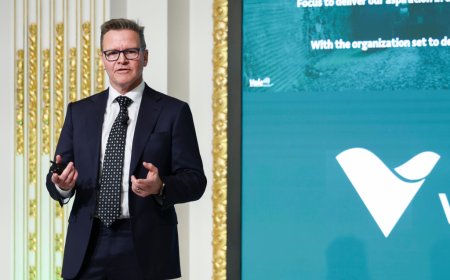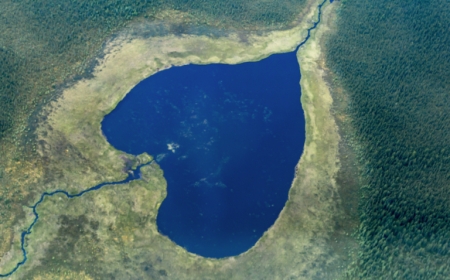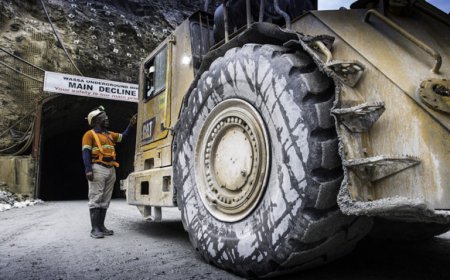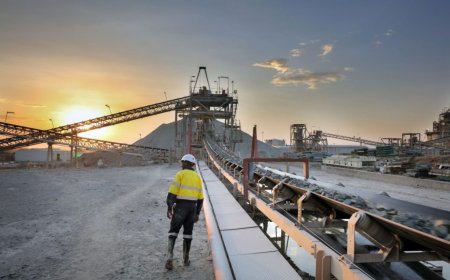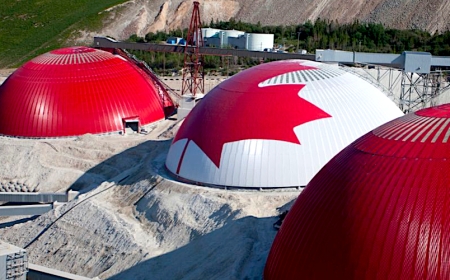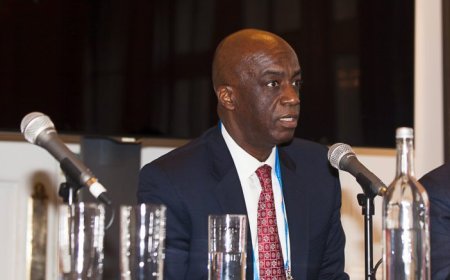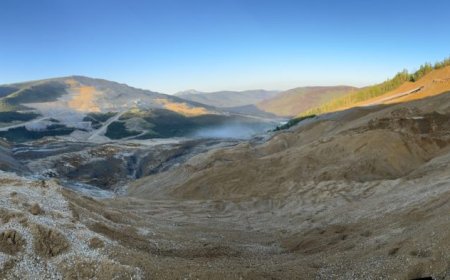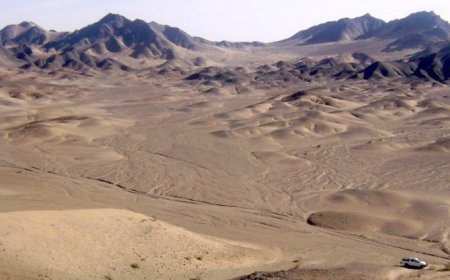Battery Metals Snapshot: Eight juniors on the hunt
Without adequate supplies of battery metals, the goal of net-zero carbon emissions by 2050 cannot be reached. Here are eight companies who are on the hunt for the metals in North and South America.
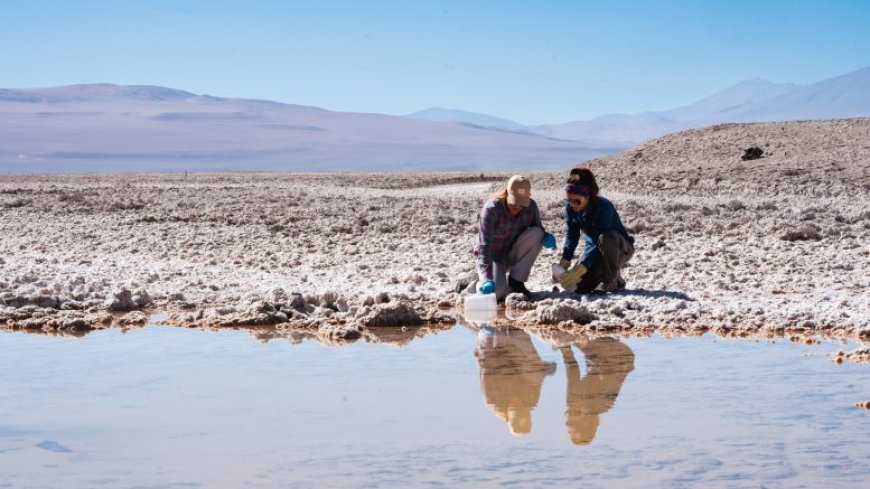

Brunswick Exploration
Brunswick Exploration (TSXV: BRW) is a junior on a mission to find and develop a hard rock lithium source. This company concentrates its efforts on greenfield exploration, looking for new and undiscovered deposits. It has land packages in Saskatchewan, Manitoba, Ontario, Quebec, and the Atlantic provinces that host at least 125 pegmatite dykes.
Its management team is led by two men who were previously with the Osisko team. Executive chair Robert Wares was one of the three original founders of Osisko Exploration, which discovered the Canadian Malartic gold deposit in Quebec and a founder of Osisko Mining (TSX: OSK). President and CEO Killian Charles was vice-president corporate development for Osisko Metals (TSXV: OM; US-OTC: OMZNF).
The team is looking to repeat their success in gold exploration with lithium at its early stage projects.
In Nova Scotia last year, prospecting at Brunswick’s South Mountain Batholith (SMB) property yielded grab samples returning up to 380 ppm lithium. Resampling of historical drill core produced up to 730 ppm lithium. Work done in the New Ross area identified a 1.8-km trend that remains open to the north, south and west.
Prospecting was also conducted at the Caledonia, Hawkshaw and Catamaran properties early last year. The most promising results were from Catamaran, returning anomalous lithium content that potentially indicates the presence of lithium-cesium-tantalum (LCT) pegmatites. Nineteen till samples returned between 58 and 90 ppm lithium. Multiple spodumene pegmatites and coincident lithium till anomalies were noted.
The team also conducted work at the Port-Aux-Basques, Hermitage and Rencontre East projects in Newfoundland, but did not identify any prospective pegmatites.
Earlier this year, Brunswick raised $7.5 million and kicked off its 2023 exploration season. The money is earmarked for work at its properties across Canada.
Brunswick Exploration has a market capitalization of $166.2 million.
Canada Silver Cobalt / Coniagas
Canada Silver Cobalt Works (TSXV: CCW; US-OTC: CCWOF) can lay claim to having the highest silver grades in the world — 89,853 grams silver per tonne at the former Castle East mine in northern Ontario, and it hopes to reopen a pair of silver-cobalt mines in the Cobalt silver camp.
Last October, in an effort to manage its numerous battery metals properties, Canada Silver spun out its Coniagas Battery Metals subsidiary by distributing 11.8 million shares and warrants of the subsidiary to Canada Silver Cobalt shareholders.
Chief among these properties is the grassroots Graal nickel-copper deposit in northern Quebec, about 160 km northwest of the town of Saguenay. Canada Silver Cobalt acquired the project in 2020 and has conducted geophysical and airborne surveys and more than 16,700 metres of diamond drilling. The company has been targeting an electromagnetic anomaly traced over a length of 6 km.
Drilling in 2022 returned 0.73% nickel, 0.41% copper and 0.09% cobalt over 28.9 metres, as well as 0.53% nickel, 0.56% copper and 0.08% cobalt over 15.9 metres. Drilling also cut platinum and palladium.
The company has 14 other prospective battery metals occurrences in the Coniagas portfolio. They contain platinum group and rare earth minerals as well as nickel-copper-cobalt sulphides.
Phase one drilling since 2021 at Graal has returned 1.15% nickel, 0.27% copper, and 0.12% cobalt over 4.1 metre; 0.43% nickel, 0.43% copper, and 0.06% cobalt over 5.8 metres; 0.39% nickel and 0.4% copper over 30.6 metres; and 0.57% nickel and 0.41% copper over 5.8 metres.
Phase two drilling was equally promising: 0.73% nickel, 0.41% copper, and 0.09% cobalt over 28.9 metres; and 0.53% nickel, 0.56% copper, and 0.08% cobalt over 15.9 metres.
Although it hasn’t defined a resource yet at Graal, Canada Silver Cobalt released an NI 43-101 report last summer for the project that recommended continued drilling and metallurgical testing.
Canada Silver Cobalt has a market capitalization of $14.2 million.
FE Battery Metals

FE Battery Metals (CSE: FE; US-OTC: FEMFF) has lithium properties in Ontario and Quebec, as well as a silver prospect in northern Quebec.
Its flagship Augustus lithium project is in the Abitibi region adjacent to Sayona Mining (ASX: SYA; US-OTC: SYAXF) and Piedmont Lithium’s (NASDAQ: PLL; ASX: PLL) North American lithium mine, which recently resumed production. Augustus consists of over 270 sq. km surrounding the Val-d’Or mining hub. The location enjoys excellent infrastructure including roads, railway, electricity, water, and a trained workforce.
Augustus was first drilled in the mid-1950s when pegmatite was outlined along an 850-metre strike with an average width of 7.6 metres. Drilled to a depth of 207 metres, the mineralization remains open at depth.
FE Battery acquired the property early in 2021, and in March it reported assays from its first channel samples. Lithium oxide (Li2O) values ranged from 0.01% to 2.8% over 30 cm with an average of 0.67% Li2O. Anomalous amounts of beryllium, cesium, niobium, rubidium, and tantalum were also noted.
The company conducted its initial stage of drilling in 2021 and 2022. Hole LC21-39 intersected three pegmatite horizons including the Main zone, which is 7.3 metres wide averaging 1.54% Li2O at 118.7 metres below surface. The Lower Main zone is 7.3 metres wide grading 1.44% Li2O at a depth of 175.3 metres, and the Upper zone is 5.3 metres wide grading 0.7% Li2O.
In December 2022, metallurgical testing produced a spodumene concentrate from a 200-kg sample that was equal parts drill core and surface samples. The sample grade was 1.46% Li2O. By using dense magnetic separation and flotation, the laboratory successfully created a concentrate grading 6.08% Li2O at a lithium recovery of approximately 85%.
FE Battery continues to drill at Augustus to complete the first NI 43-101 compliant resource estimate. It also holds two lithium projects in Ontario.
FE Battery has a market cap of $14.8 million.
Frontier Lithium
Frontier Lithium (TSXV: FL) has produced a preliminary economic assessment (PEA) covering two hard rock lithium deposits in Ontario’s Red Lake mining district. The PAK and Spark deposits – both part of the 267.7-sq.-km PAK project — have a total spodumene lithium resource of 26 million measured and indicated tonnes grading 1.6% Li2O and 32.5 million inferred tonnes at 1.4% Li2O.
The PEA for PAK and Spark estimates a 26-year conventional open pit with a production rate of 23,174 tonnes lithium hydroxide per year. After taxes, the project has a US$975 million net present value with an 8% discount and a 21% internal rate of return. The study estimated a pre-production capex (including contingency) of US$685 million.
The PAK deposit has a strike length of 500 metres, a depth of 300 metres, and an average width of 45 metres. The mineralization has a very low iron content, making it potentially suitable for the ceramics industry. Measured and indicated resources are 7.2 million tonnes averaging 1.8% Li2O, and the inferred resource is 2.8 million tonnes grading 2.2% Li2O.
The nearby Spark deposit contains an indicated resource of 18.8 million tonnes grading 1.5% Li2O, plus an inferred resource of 29.7 million tonnes at 1.3% Li2O. It has a width of at least 100 metres and a strike length of more than 300 metres.
There are two more pegmatites — Pennock and Bolt — that Frontier recently discovered on its property
The company is taking a phased approach to development with 2026 set for the first production of spodumene concentrate. Chemical grade concentrate production would follow a year later, and lithium chemical production would start early in 2028. It also plans to have a near-zero carbon energy footprint.
Frontier Lithium has a market capitalization of $475 million.
Graphite One
Graphite One (TSXV: GPH; US-OTC: GPHOF) continues to advance its Graphite Creek property on the Seward Peninsula, about 60 km north of Nome, Alaska. The company hopes to be the first graphite producer in the United States.
A prefeasibility study released last year outlined a 26-year project with after-tax numbers including a net present value with an 8% discount of US$1.4 billion, an internal rate of return of 22.3%, and a payback period of 5.1 years.
The pre-production capital costs are estimated to be US$1.24 billion plus US$244.4 million for sustaining and closure costs. An open pit mine and primary processing plant are planned. Over its life, the mine will produce and treat 22.5 million tonnes of ore with an average grade of 5.6% graphitic carbon (Cg).
Run-of-mine ore will be trucked to the mill at the mine site at a rate of about 2,700 tonnes per day. It will be crushed and fed to a closed, single-stage SAG mill circuit with cyclones. The major recovery method will be flotation and regrinding, including concentrate filtering, drying, and packaging. Tailings will be dry stacked.
Concentrate will be shipped to Washington state for secondary treatment, which will produce lithium-ion battery anode material on a commercial basis.
The Graphite Creek deposits contain proven and probable reserves of 22.5 million tonnes grading 5.6% Cg and containing close to 1.3 million tonnes of graphite.
Drilling done last year gave the company a 15% increase in measured and indicated resources since the prefeasibility study was published. The measured and indicated portion now sits at 37.5 million tonnes grading 5.14% Cg containing 1.9 million tonnes of graphite (using a 2% Cg cut-off). The increase came as the inferred resource fell 5% to 243.7 million tonnes averaging 5.07% Cg and containing 12.3 million tonnes graphite. Graphite One is currently working on a feasibility study, but has not given a release date for it.
The company has also confirmed that significant graphite grades occur for 4 km from the prefeasibility pit boundary.
Graphite One had a market cap of $179.7 million.
NOA Lithium Brines
Argentina is the most prolific lithium district in the world, and the newest player there is NOA Lithium Brines (TSXV: NOAL). The company has three 100%-owned salar projects in northwestern Salta province, all within 250 km of each other.
The most advanced project is the Rio Grande salar. The neighbouring LSC property owned by Pluspetrol, a leading oil and gas company in Latin America, has an estimated resource of 2.2 million tonnes lithium carbonate equivalent (LCE) grading 374 mg per litre lithium, and exploration has only reached 100 metres below surface.
The Rio Grande salar is situated close to the railway, near a provincial highway, and 185 km south of the international road that connects to Chile’s costal ports.
NOA carried out geophysical testing in 2022 at Rio Grande which indicated brine potential in the alluvial fans, recharge area, evaporitic bed, and foothills sediments to a depth of 500 metres, significantly below any depth drilled thus far. A drill campaign has just begun to delineate the brine aquifers, particularly in the alluvial material.
The maximum hole depth that NOA has drilled is 50 metres, and most of the intercepts were above 350 mg per litre lithium. The company is planning 3,000 metres of drilling in six holes. Tests of drainable porosity, brine chemical analysis, and hydraulic properties are planned. The budget this year is between $5 million and $6 million.
NOA Lithium Brines had a market cap of $41.5 million.
Power Nickel
Power Nickel (TSXV: PNPN; US-OTC: PNPNF) aims to build the world’s first carbon neutral nickel mine at its NISK project in Quebec. The project hosts two deposits, NISK-1 and NISK-2, east of Nemaska Lithium’s Whabouchi mine in the Eeyou Istchee/James Bay area.
NISK-1, the only deposit for which there is an NI 43-101 compliant resource (completed in 2009), is a shallow deposit with 1.3 million measured tonnes grading 1.09% nickel, 0.56% copper, and 0.07% cobalt. It also contains indicated resources of 783,000 tonnes grading 1% nickel, 0.53% copper, and 0.06% cobalt, and 1.1 million inferred tonnes at 0.81% nickel, 0.32% copper, and 0.06% cobalt. Power Nickel is working on aresource estimate for NISK-2.
Last fall, the company completed 14 holes of note, intersecting 10.2 metres grading 1.4% nickel, 0.88% copper, and 0.09% cobalt in hole PN-22-012. Hole PN-22-011 returned 5.2 metres grading 0.99% nickel, 0.68% copper, and 0.06% cobalt.
Power Nickel closed a flow-through share sale in March that garnered $5 million, with the proceeds earmarked for work at NISK.
The project has access to nearby hydro, an adjacent major highway and town, and being in Quebec, generous tax credits that cover half of its exploration costs.
Power Nickel has a market cap of $26.5 million.
Standard Lithium
Standard Lithium (TSXV: SLI; NYSE: SLI) is advancing a pair of flagship projects in the Smackover formation in southern Arkansas where bromine has been produced for more than 60 years. The formation is one of the world’s largest brine aquifers, stretching from east Texas to Florida.
The company is developing its Lanxess project in partnership with Lanxess Corp., operators of the state’s largest brine processing facilities. Standard Lithium has been operating an industrial-scale direct lithium extraction (DLE) demonstration plant there since May 2020.
The goal is to produce 20,900 tonnes of battery quality lithium carbonate annually. Lanxess would take 100% of the output. A preliminary economic assessment was published in 2019, and the feasibility and front-end engineering study are currently underway for the first of three production plants, and a new lithium hydroxide plant.
Standard Lithium’s South West Arkansas lithium project is 50 km west of Lanxess and will benefit from sharing the existing infrastructure. The annual production goal is 30,000 tonnes of battery-quality lithium hydroxide. Drilling continues in preparation for a prefeasibility study.
Standard’s DLE process will be used to selectively extract lithium and produce battery-quality lithium compounds. The brine is loaded on a sorbent, which is then washed and stripped. The liquid is polished and concentrated to produce lithium carbonate. Then it is converted to lithium hydroxide. Both raw Smackover brine and tailings brine from existing bromine operations can be treated with this process.
The DLE process is modular, scalable, and highly automated. Because it doesn’t require large evaporation ponds, the process is not weather dependent, covers only a few square kilometres, and the company says the finished product will get to market quickly.
Standard Lithium has a market cap of $882.7 million.
